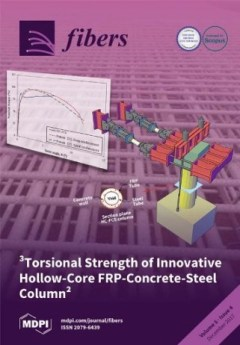Open AccessArticle
Solid Tellurite Optical Fiber Based on Stack-and-Draw Method for Mid-Infrared Supercontinuum Generation
by
Christopher Dunn, Fanting Kong, Guancheng Gu, Thomas Wade Hawkins, Maxwell Jones, Joshua Parsons, Andrew Runnion, Monica Tamara Kalichevsky-Dong, Reza Salem, Dongfeng Liu, David Gardner, Peter Fendel, Ron Synowicki, Eric Cheung, Jean-Thomas Gomes, Laure Lavoute, Dmitry Gaponov, Sébastien Février and Liang Dong
Cited by 7 | Viewed by 6563
Abstract
Broadband, high-power mid-infrared (mid-IR) sources are critical for many applications. Compared to alternatives such as fluorides and chalcogenides, tellurite fibers are more robust and can handle much higher power. Tellurite fibers also have high nonlinearity and a material zero dispersion close to 2
[...] Read more.
Broadband, high-power mid-infrared (mid-IR) sources are critical for many applications. Compared to alternatives such as fluorides and chalcogenides, tellurite fibers are more robust and can handle much higher power. Tellurite fibers also have high nonlinearity and a material zero dispersion close to 2 µm, making them ideal for nonlinear processes pumped by Tm-doped silica fiber lasers. In this work, we have demonstrated solid tellurite fibers fabricated by a stack-and-draw process and investigated their potential for broadband mid-IR supercontinuum generation. We have identified that fibers with low dispersion are beneficial and that low residual hydroxyl (OH) is critical for broadband mid-IR supercontinuum generation in tellurite fibers pumped at ~2 µm.
Full article
►▼
Show Figures





